How Often Should You Mop Your Floors?
Sticky floors after you’ve just mopped can feel maddening, like the effort isn’t paying off. The fix isn’t more scrubbing, it’s dialing in the right cadence and method for your home. In this guide, we’ll help you determine how often to mop and how to mop better.
In this guide, you will learn key factors that help you determine the frequency of mopping, such as how often you should mop your floors, and practical mopping tips that make your mopping routine more efficient.
Why Mopping Matters
When we talk about mopping, it's not just for cosmetic purposes. Regular mopping not only maintains the hygiene of your home, safeguarding your health, but also enhances indoor air quality and extends the life of your flooring. According to guidance from the CDC, cleaning with soap and water effectively removes soil, dust, allergens, and most germs from surfaces. This means you don’t always have to disinfect your floors, unless there are specific health risks or bodily fluids present. Understanding these benefits can motivate you to maintain a regular mopping routine for a healthier and more appealing home.
Pro-tip Keep surfaces clean and dry to significantly reduce indoor allergens like dust mites, mold, and pollen. This is the core strategy for controlling dust and moisture, which helps minimize common allergy triggers in your home.
What Affects Your Mopping Frequency?
Every home is a one-off. Your floor type and your household’s habits create a mix no single “mopping cadence” can match. And “looks clean” isn’t the finish line: residue, allergens, and grit can linger even when the surface shines. To personalize how often you mop for your space, consider the factors below. They’ll help you set the right schedule for your floors and your routine:
Floor Type and Material
Moisture tolerance is different for each floor. For example, stone or tile floors are resilient, and you need to clean them differently. If you have laminated or hardwood floors, they are moisture-sensitive, which can lead to warping. Check your manufacturer’s guidance rules to know more.
Your Lifestyle
Do you have pets or toddlers? You might just love cooking at home. Or you have a shoe-on household. Such factors are drivers for higher frequency mopping. When you spill something, or it might just happen during cooking, you need to respond quickly to food or oil spills. You need a combination of vacuum and mop for such a lifestyle.
How Busy Your Household Is
Do you know about the “high-touch, high-soil” rule of thumb? You can refer to it as one of the mopping tips. Places that have high foot traffic, like kitchens, entryways, and bathrooms, should be mopped weekly or more frequently. Low-traffic rooms, such as guest rooms, can be stretched to biweekly mopping or even monthly.
Season & Climate
The seasons can also impact how often you need to mop. Wet, rainy, or snowy seasons can track in a lot more mud and moisture, increasing the need for more frequent cleaning. Conversely, dry seasons can lead to more dust buildup. While you might not need to wet mop more, more frequent dry mopping or dusting can help keep floors clean.
Indoor Air Quality and Ventilation
Regular mopping is an essential part of keeping indoor air quality high by reducing allergens like dust and pet dander that settle on floors. This is especially important for people with sensitivities. Pairing regular cleaning with good ventilation and using air purifiers can help reduce asthma symptoms and maintain a healthier home environment.
How Often to Mop (By Your Floor Type)
Your home, and your floors, aren’t like anyone else’s. Instead of sending you on a hunt for one-size-fits-all answers, we’ve pulled the essentials into a quick-look table so you can see the right mopping frequency for each surface at a glance.
Floor type
Recommended cadence
Notes
Hardwood (sealed/site-finished)
High-traffic: weekly; elsewhere: every 2–4 weeks
Damp (well-wrung) microfiber only; avoid steam on wood.
Laminate
Every 2–3 weeks or as needed
Minimal moisture; dry immediately; avoid steam.
Tile & stone
Weekly in kitchens/baths
Add grout scrubs monthly–quarterly depending on soil.
Vinyl / LVT
Weekly light mop
Use pH-neutral cleaner to protect the wear layer.
Linoleum
Weekly in high-traffic rooms
Gentle solution, thorough drying to prevent dulling.
Concrete / sealed utility or garage
Monthly or after visible soils
Prefer pH-neutral cleaner to avoid etching.
Important: You should adjust mopping practices based on dust level and the manufacturer’s care guides for your floor.
Room-by-Room Planner
Room
Starting point
Kitchen
Weekly (+ spot mops as needed)
Entry / Mudroom
Weekly
Bathrooms
Weekly
Living / Family areas
Bi-weekly
Bedrooms / Guest rooms
Bi-weekly → monthly
Pro-tip Nudge frequency up during pollen/rainy seasons and down during low-use weeks. Pick one “quick-win” zone (often the kitchen) for a 5-minute light mop every other day.
8 Signs It’s Time to Mop
Here are signs that will help you determine that it is time for you to mop. These signs don’t just stay limited to floors, but your health. Check against this list by having a paper towel test:
You feel sticky or tacky underfoot when you walk
A dull or filmy sheen
Visible footprints or smudges
Visible dirt or grit that scratches the surface
Dirty grout
Accumulated pet hairs or lint
Unpleasant odor
Allergy flare-ups because of dirt or pollen
Paper towel test for floor: Wipe a small patch of floor with a dry paper towel. If gray film transfers onto a paper towel, then it is time to mop. What you should do is take a paper towel and perform this easy test in your kitchen. See how much dirt is in there. Then set a reminder for a quick mop tomorrow if the test fails.
Try These Advanced Mopping Techniques
Once you've established your regular mopping schedule, consider adding a monthly or quarterly "detailed mop" day. This is when you can move lighter furniture, pay extra attention to edges and corners, and focus on deep-cleaning grout lines. By keeping up with consistent, daily or weekly light mopping, these deeper cleaning sessions will be much faster and less of a chore.
Tired of calculating how often to mop and doing all the work yourself? An intelligent robot vacuum and mop can take the guesswork and effort out of your cleaning routine.
These devices can reach more places than a manual mop and manage moisture intelligently, which means fewer missed spots and safer care for both carpets and wood-adjacent areas. An autonomous tool, like the Dreame X50 Ultra or Aqua10 Ultra Roller, can easily handle these varied schedules for you. Their ability to vacuum and mop in one pass, along with intelligent dirt detection, allows you to set them to handle all your daily or weekly tasks without any manual effort.
FAQs of the Floor Maintenance Routine
How often should I mop if I have pets or toddlers?
Plan weekly mops in high-use rooms (kitchen, entry, bath) and biweekly elsewhere—plus spot mops for drips/accidents. Automating daily dry pickup reduces grime between sessions.
Should I vacuum before I mop?
Yes. Dry pickup first means your mop solution stays cleaner and leaves less film.
Are steam mops safe for wood?
In general, no. Industry groups or care professionals advise against steam on hardwood because heat and moisture can damage the finish and wood.
Do microfiber mops really make a difference?
Yes—microfiber lifts fine dust with less water, which is better for moisture-sensitive floors and reduces streaking.
How can I reduce the frequency of mopping?
Capture grit at the door (mats), run a daily robot vacuum, wipe kitchen drips ASAP, and keep humidity balanced.
Conclusion
There is no magic number for how often you should mop. The perfect frequency is a personalized plan based on your unique floors, family, and lifestyle—not your neighbor’s.
Now that you understand the key factors, you can build a smart mopping routine that goes beyond surface-level shine. Staying on top of it is the key to managing the invisible dust, allergens, and grime, creating a home that is truly healthier and more enjoyable.
To deal with such tasks and save you manual labor, innovations like robot vacuums and mops are designed. They let you maintain a clean, hygienic home efficiently.
Take your first steps towards keeping your home clean by exploring Dreame for more resources on smart home cleaning solutions.
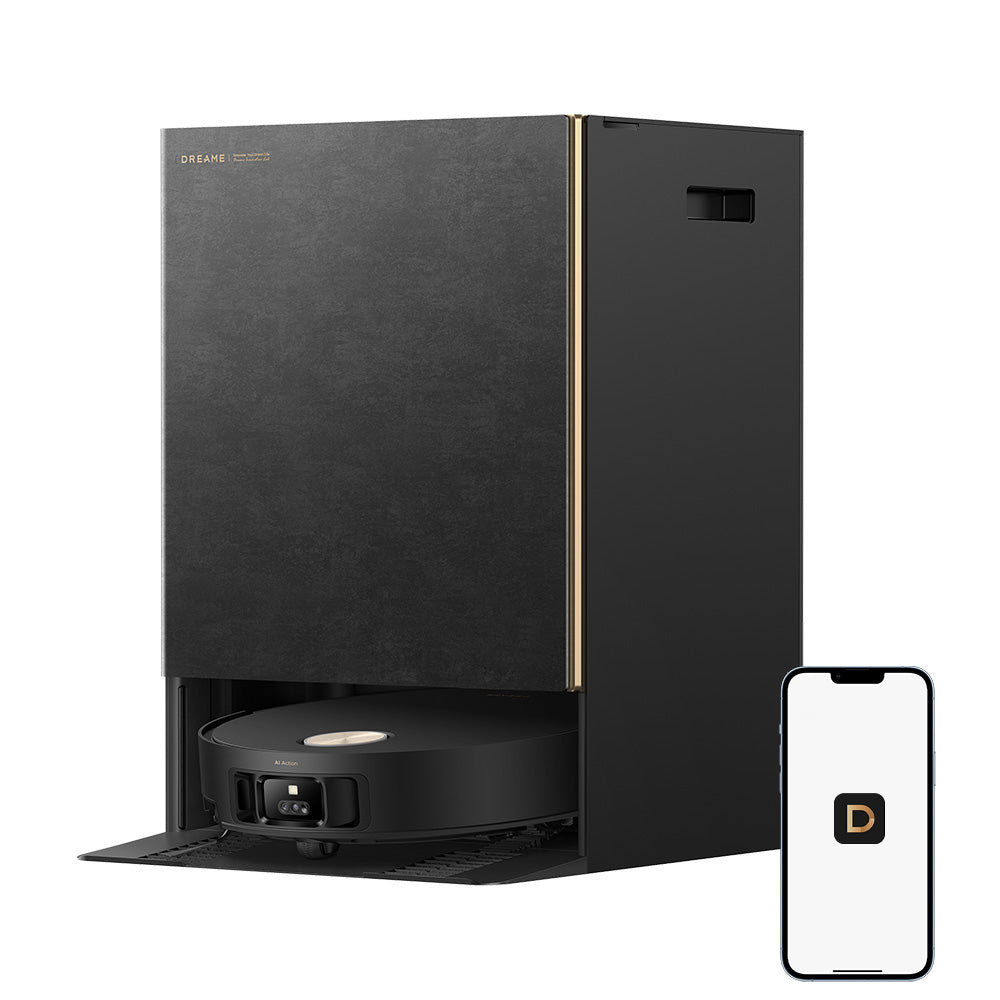
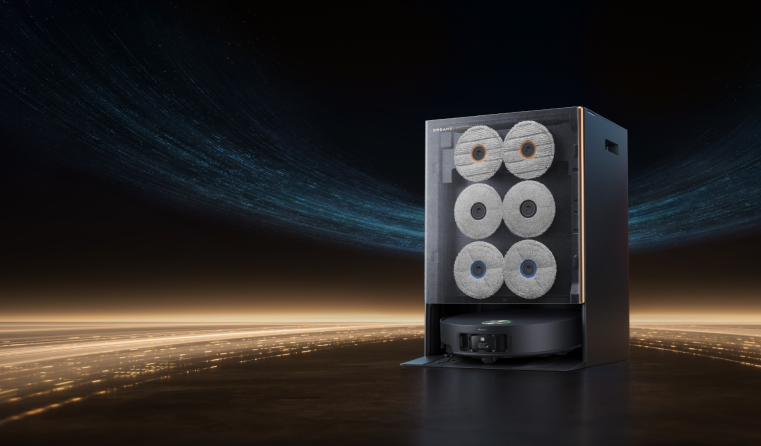
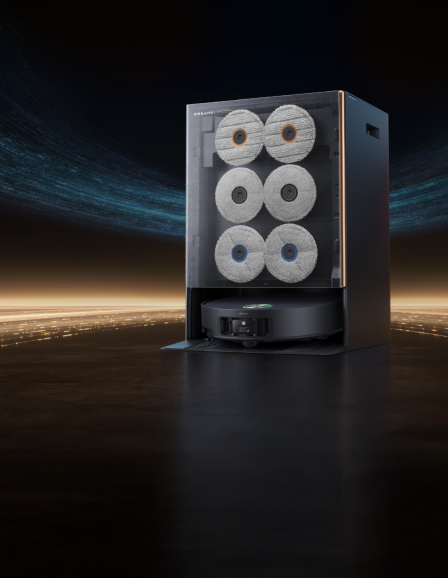
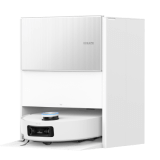
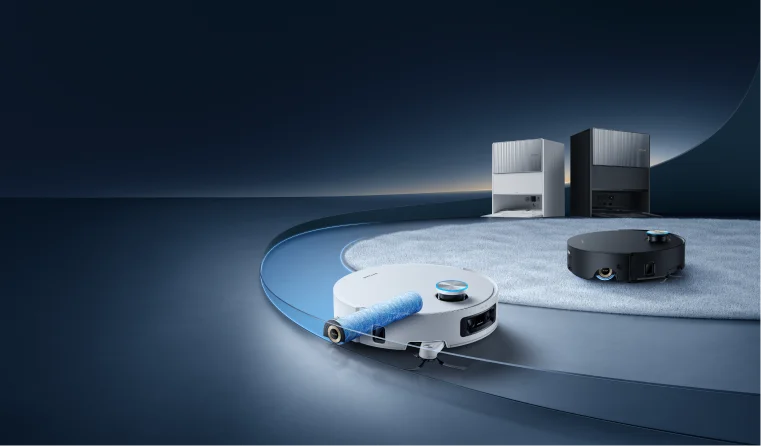

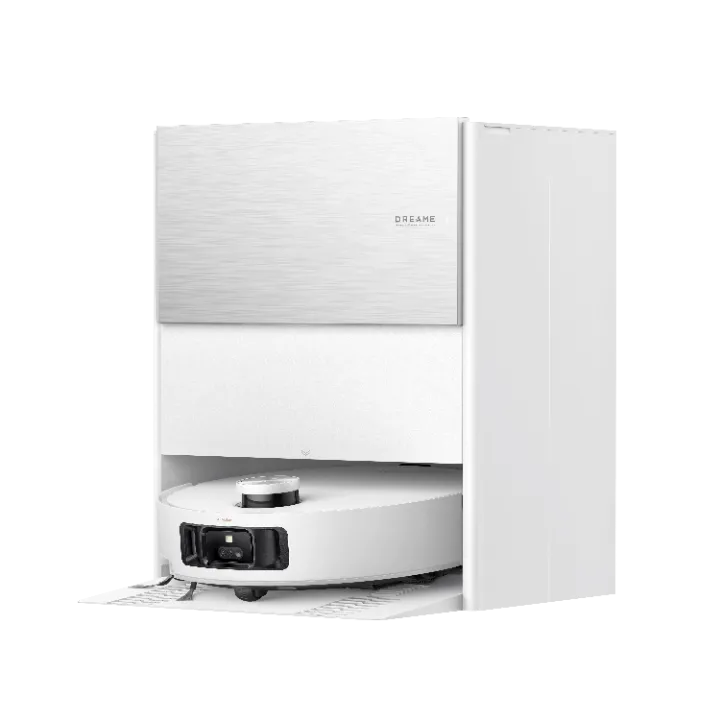
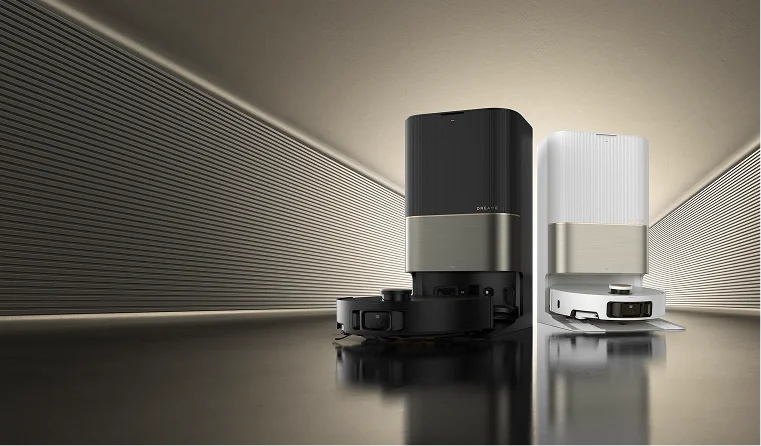
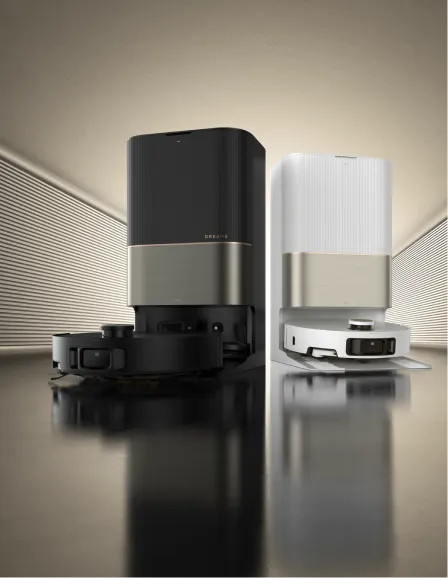

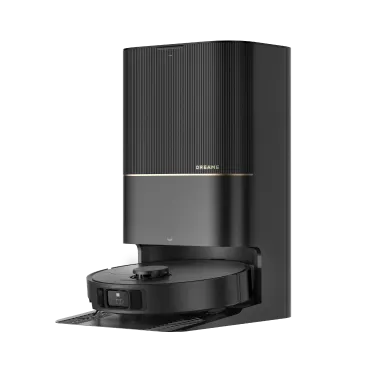
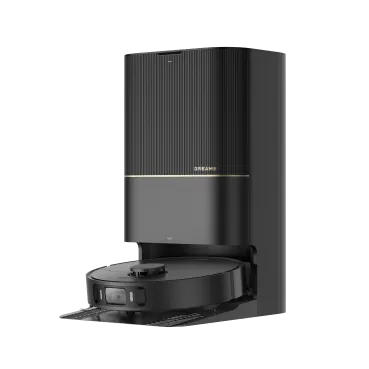
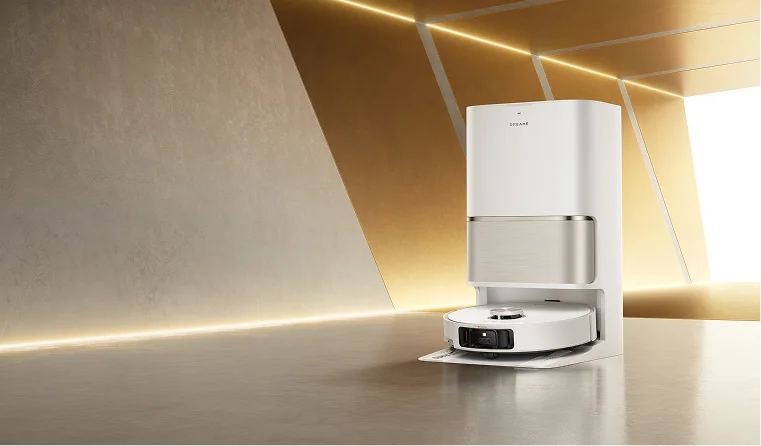
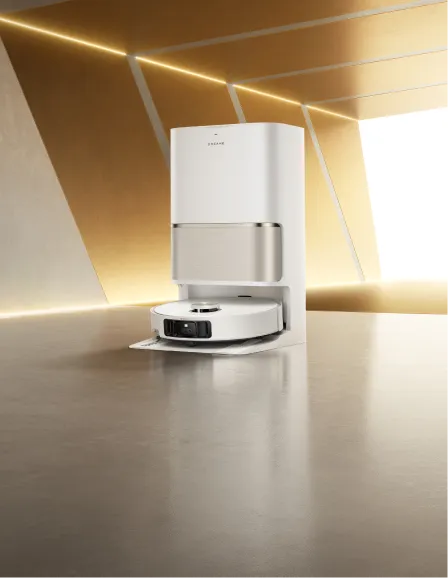
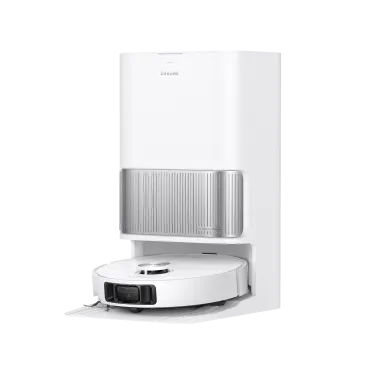
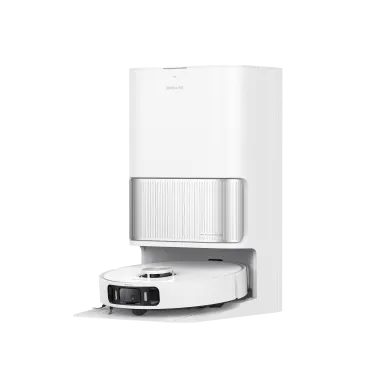
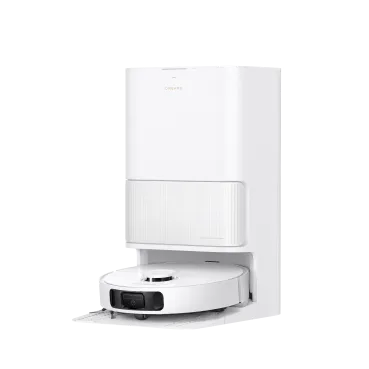
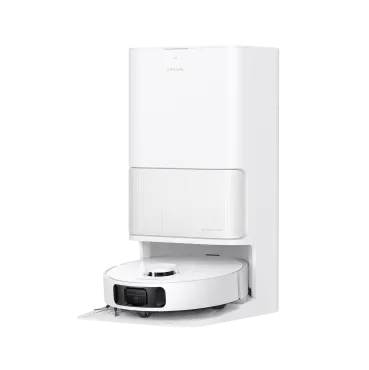
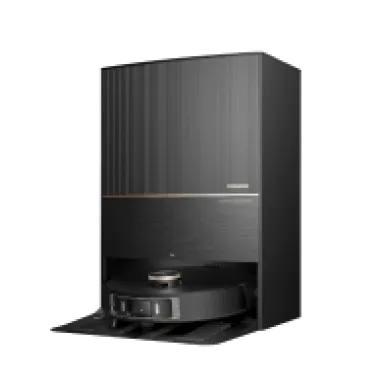

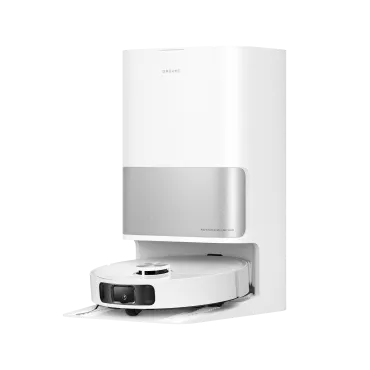
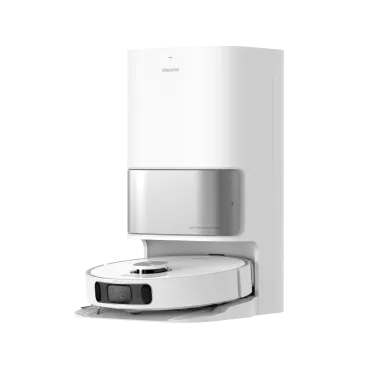
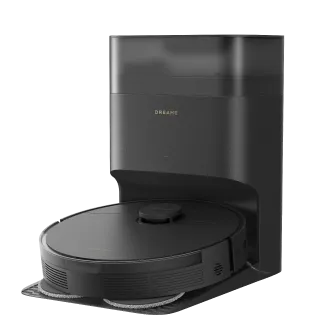
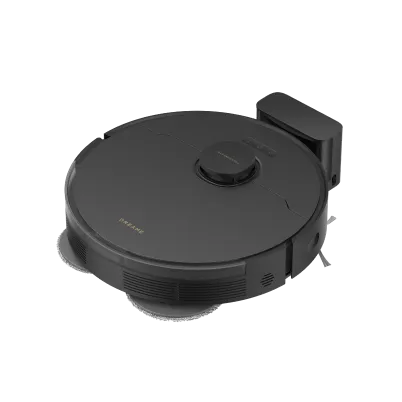
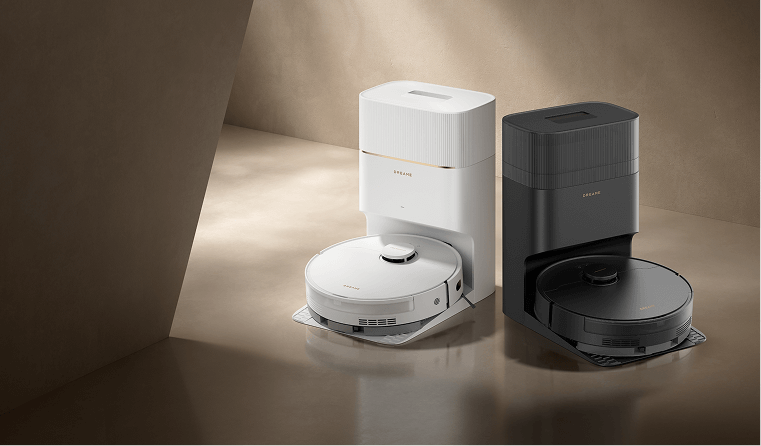
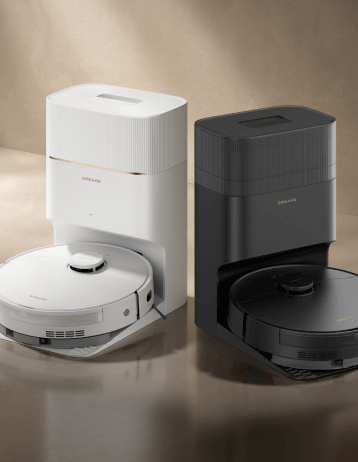
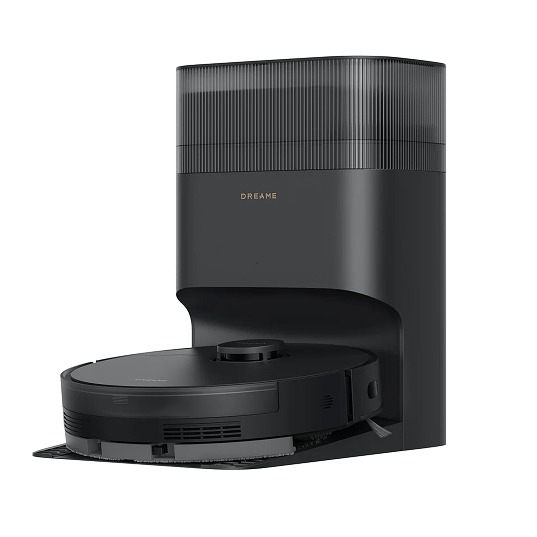

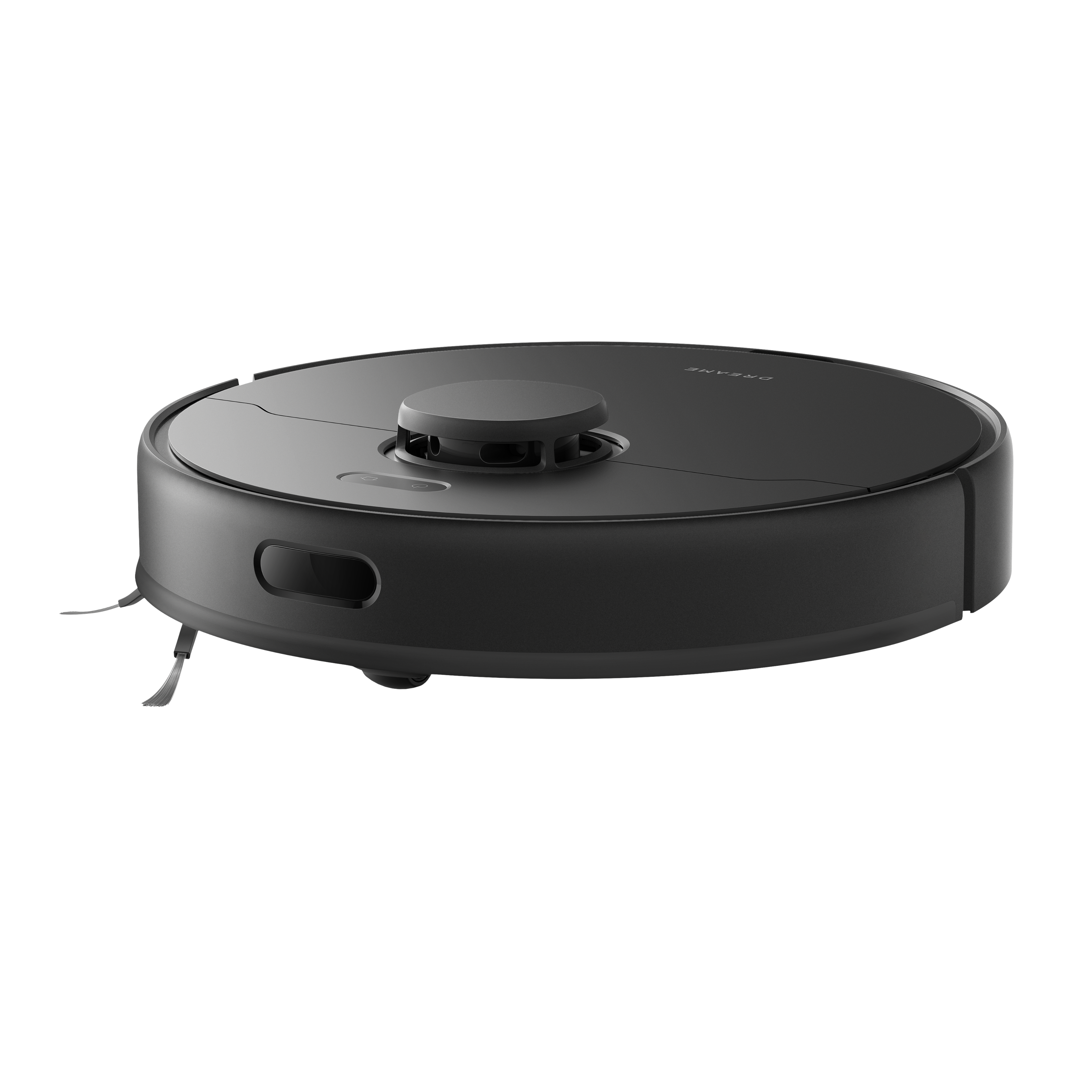
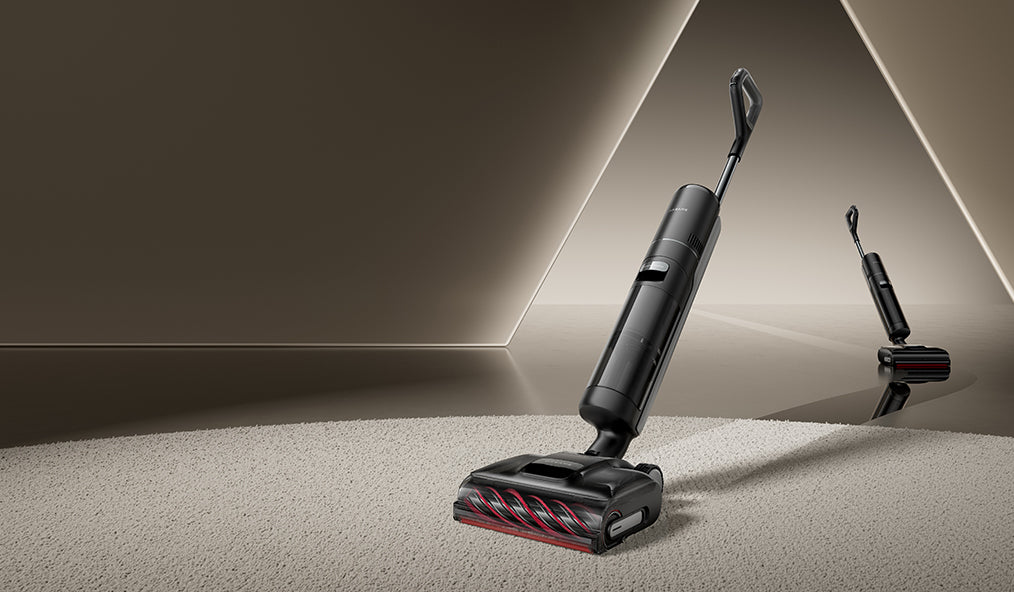
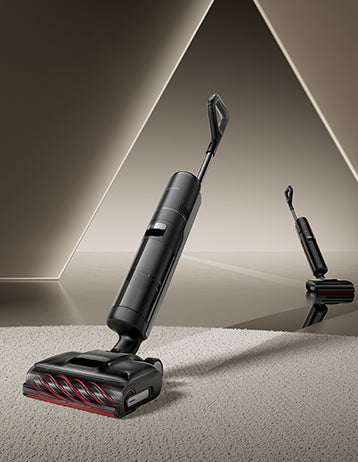
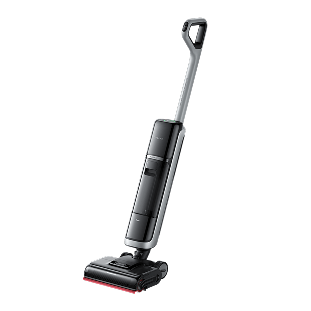
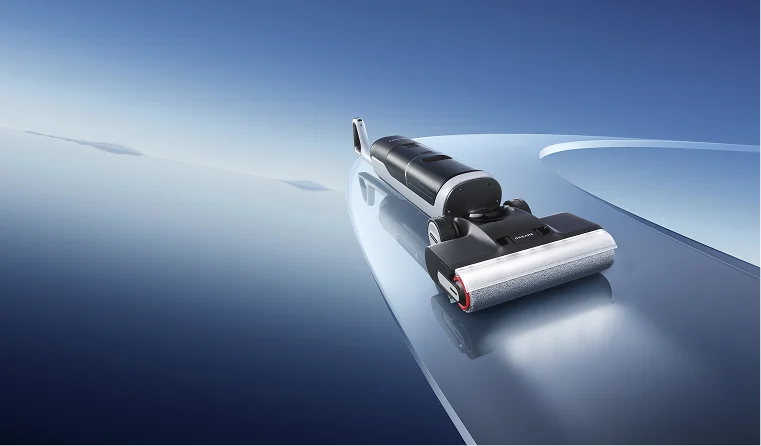
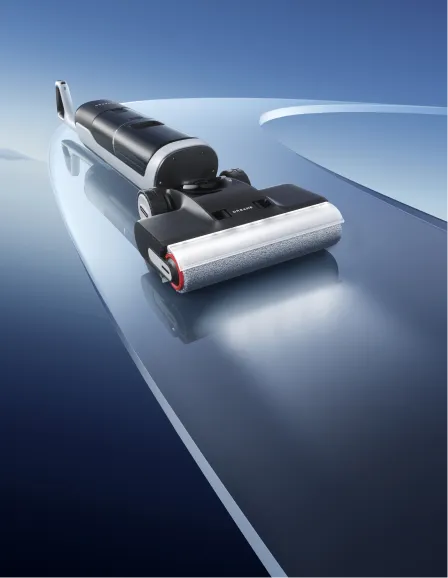
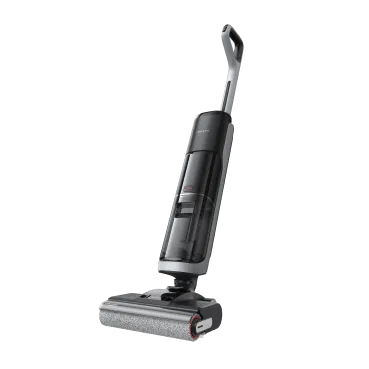
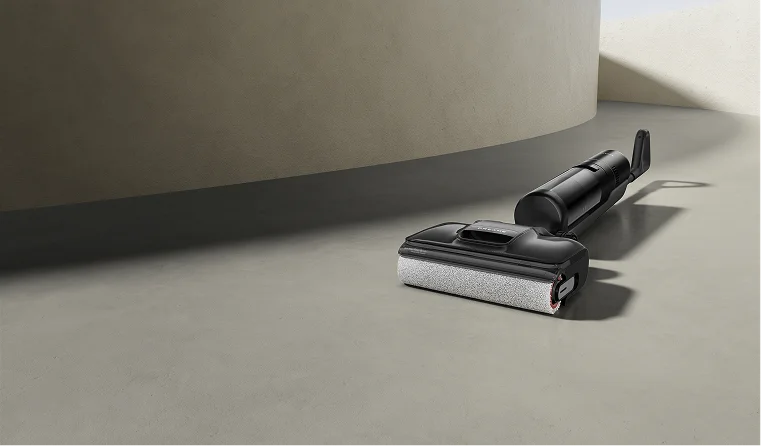
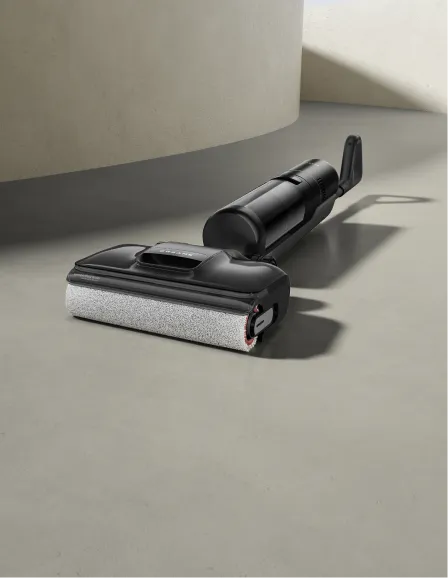
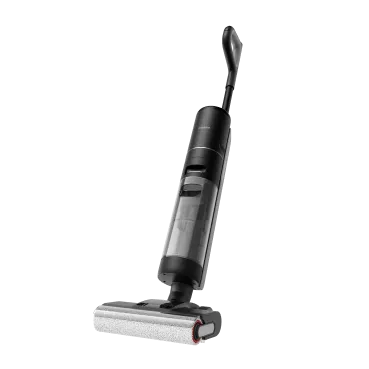
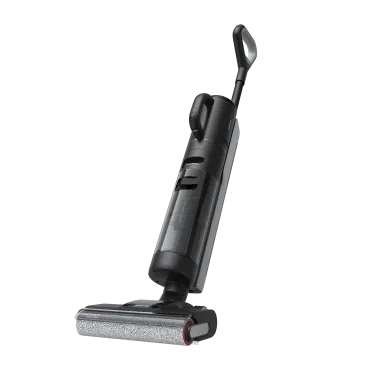
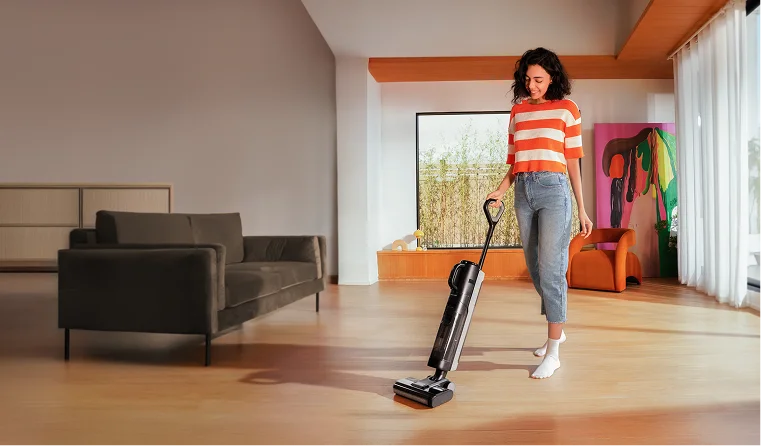
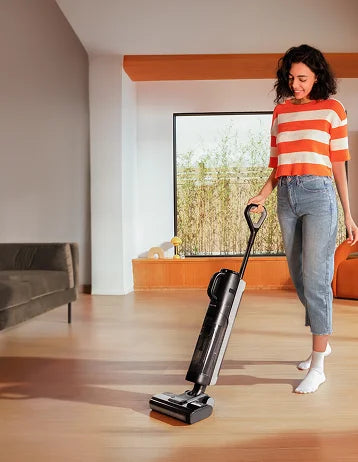
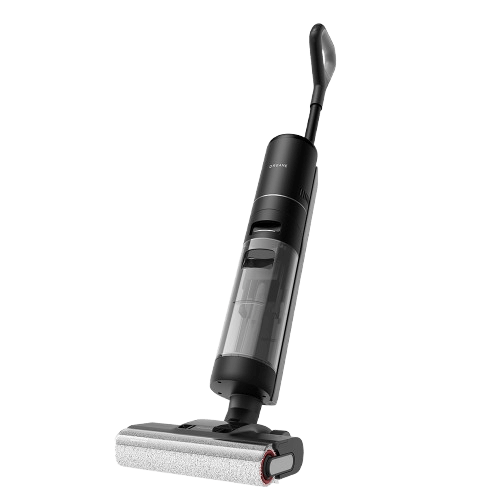
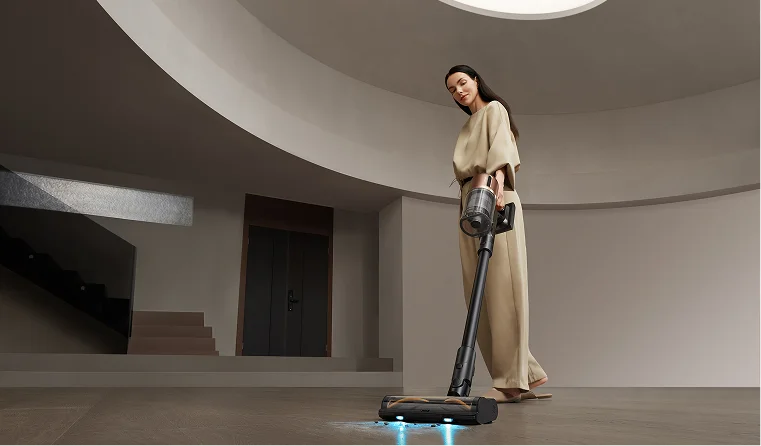
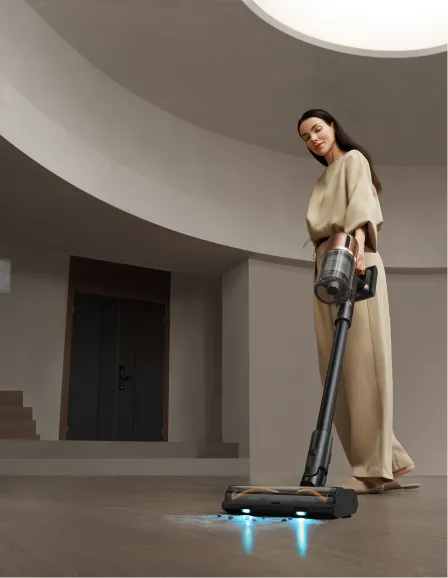

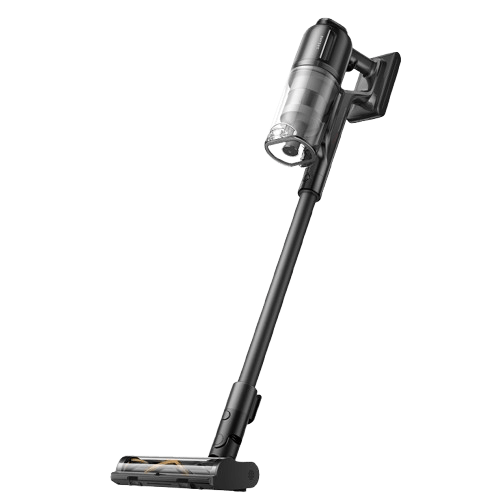

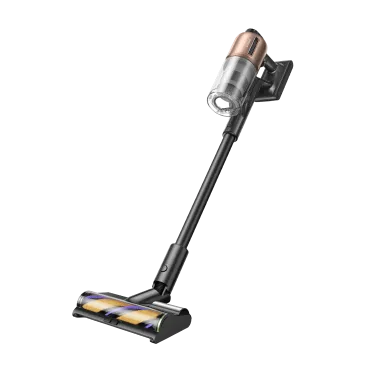
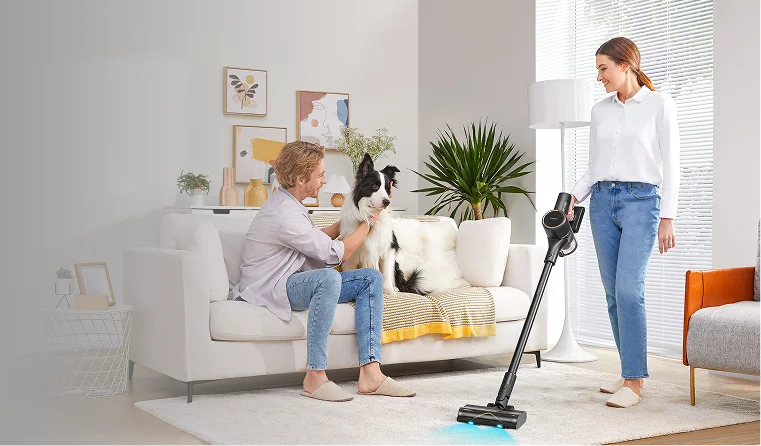
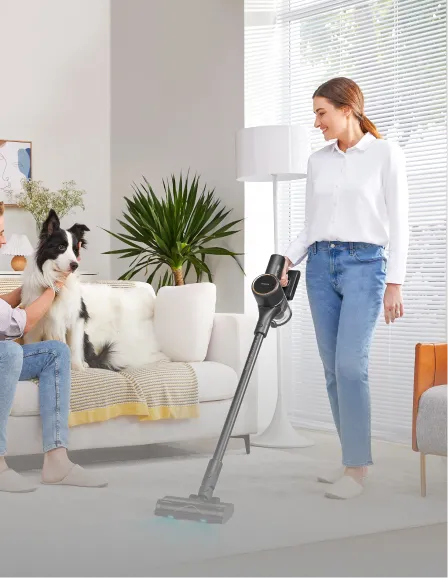
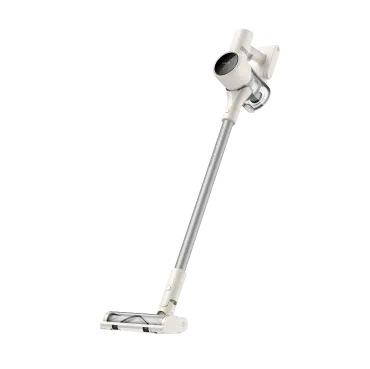
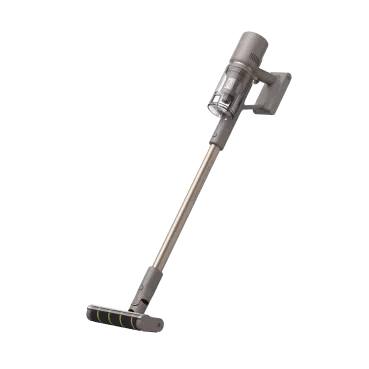
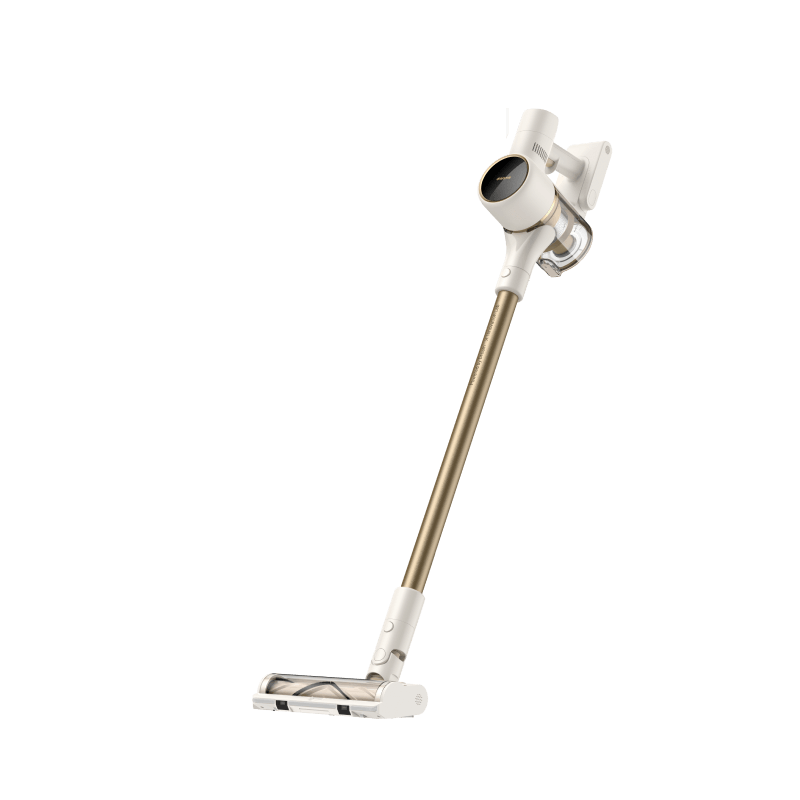
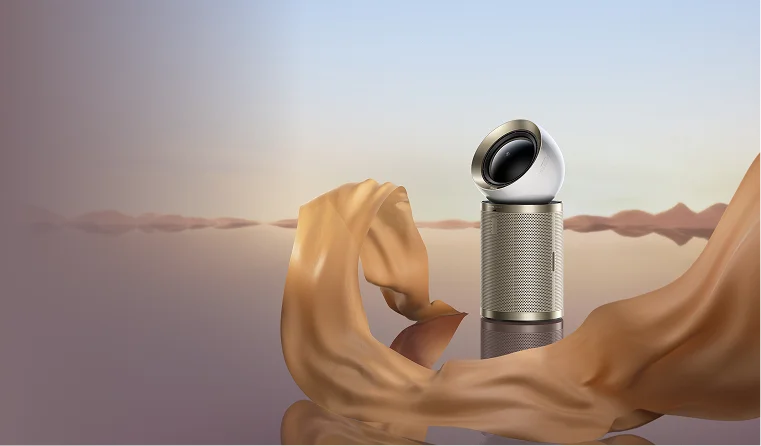
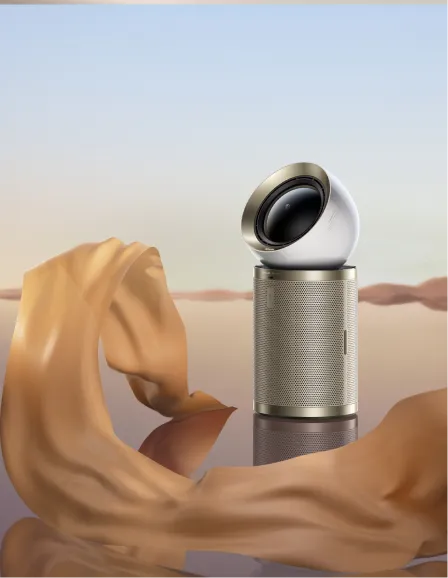
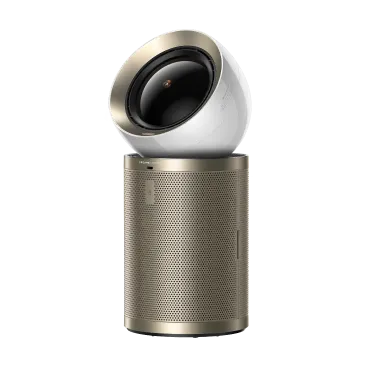
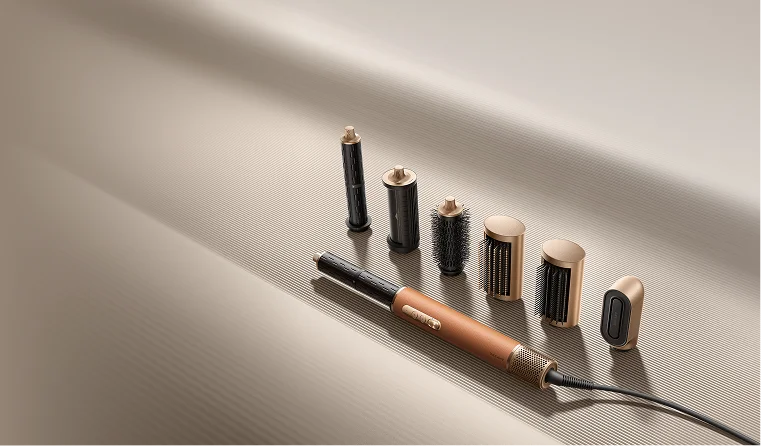
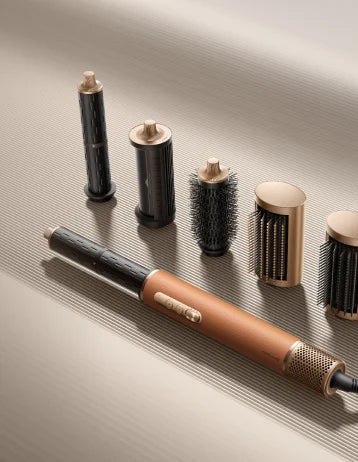
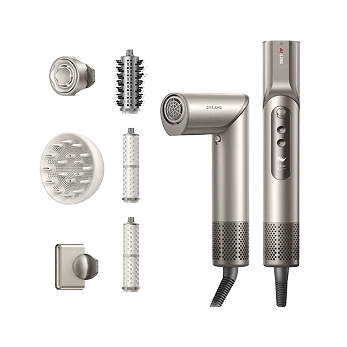
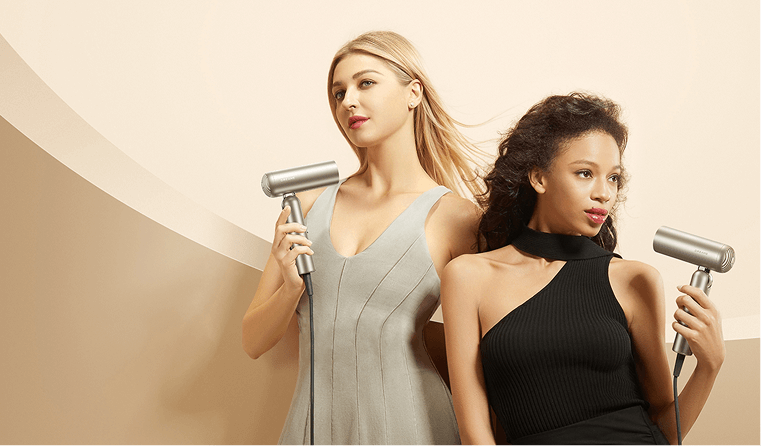
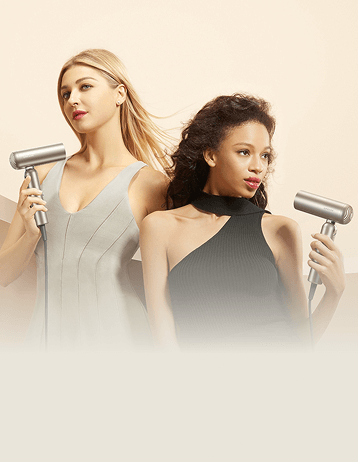
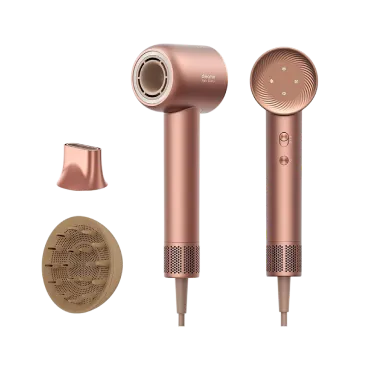
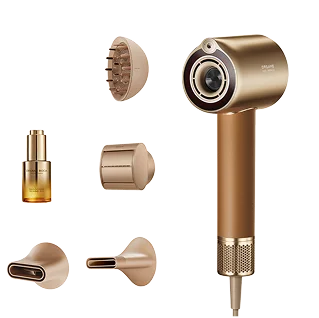




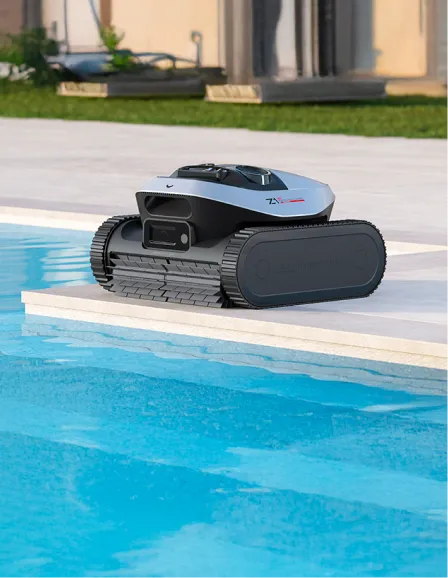
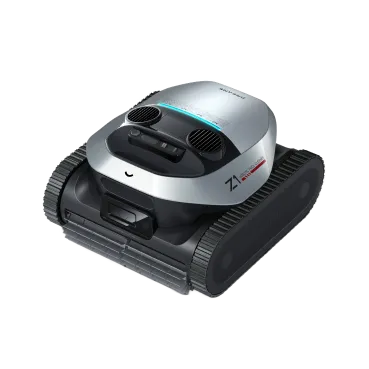
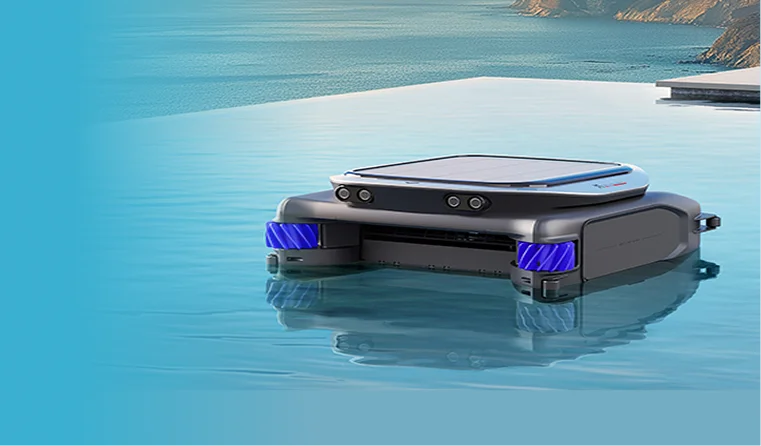











 Australia
Australia 中国大陆
中国大陆 日本
日本


 Türkiye
Türkiye


 Italia
Italia
 Netherlands
Netherlands Belgium
Belgium
 Greece
Greece Polska
Polska
 Norway
Norway
 Sweden
Sweden
 Finland
Finland
 Denmark
Denmark
 Hungary
Hungary Czechia
Czechia
 Slovenia
Slovenia
 Croatia
Croatia
 Switzerland
Switzerland United Kingdom
United Kingdom
 Canada
Canada









